2021 Hyundai Elantra Review: Going Nitpicking, or at Least Trying To

FAST FACTS
| Engine: | 2.0L I4 |
| Output: | 147 hp, 132 lb-ft |
| Transmission: | CVT, FWD |
| US fuel economy (MPG): | 31/41/35 |
| CAN fuel economy (L/100KM): | 7.5/5.7/6.7 |
| Starting Price (USD): | $20,655 (inc. dest.) |
| As-Tested Price (USD): | $26,455 (est, inc. dest.) |
| Starting Price (CAD): | $19,746 (inc. dest.) |
| As-Tested Price (CAD): | $30,346 (inc. dest.) |
Being a car critic is hard. Don’t believe me? Drive the new Hyundai Elantra.
Don’t let the title confuse you. The week that I spent in the 2021 Hyundai Elantra was a handful one. And partly the car is to blame. Being an automotive journalist requires you to be critical and objective at all times. Praise a car too much and you risk being labeled biased, too little, then you’re short-sighted. Every opinion, good and bad, needs to come from a place of knowledge and understanding.
I mean, no car can be perfect right and we as auto journos have an irrational fear that if we don’t pick a fault with a car, we’re not being thorough enough. And a car like the 2021 Elantra doesn’t make it any easier.
You sure that’s not the Sonata?
Yep, pretty certain. And it’s easy to be baffled by the cabin. It really does look it belongs to the segment above. It’s not just down to the high quality materials used, either. Yes, you have the leather on the seats and the soft touch plastic on the dash. But it’s the intelligent touches like a denim-esque stitched fabric upholstery on the door panels that gives the cabin an air of elegance.
Then there is the knurling on all knobs, which feels expensive. Plus, all controls for the HVAC system are housed in the center console with the central knurled knob for the volume control and redundant controls for the 10.25-inch touchscreen the only control surfaces on the main dash. It adds a touch of minimalism to the cabin without skimping on the necessary controls. Brushed aluminium finishes also abound, the aforementioned redundant controls feel expensive, and so do the three air-con vent lines that run the breadth of the dash.
SEE ALSO: 2020 Nissan Sentra Review: Big Car Feel, Small Car PriceAll of the design elements and the high-quality material come together, along with the pair of 10.25-inch screens. Hyundai has grouped the instrument cluster and infotainment system in a single panel, so that it looks like a single unit. The color scheme of black plastics and cream leather upholstery also looks, for the lack of a better word, smashing. Admittedly, it would be a little hard to keep clean but it certainly will be worth it.
The seats, finished in leather are comfortable and enveloping. They also hold you in place rather well. And unlike a lot of cars, the squab feels adequate and soft. Thanks to a longer wheelbase than before, you get 38.0 inches (964 mm) of legroom in the rear. The rear seats do feel like two seats with a bench in the middle but yet you can seat three—the shoulder width also helps. One nitpick here though: the front passenger-side grab handle looks more like an after-thought, a design element with forced functionality rather than an organic component of the cabin.
What about the goodies?
Oh, there’re tons of them. The Elantra we have here is the top-of-the-line Limited trim with all the bells and whistles. But let’s start with the 10.25-inch instrument cluster. It’s well laid out, easy to read, and the display is crisp and in high definition. You can cycle between what you want to display via the steering-mounted controls. There are four different display styles to choose from. You can even choose if the dials change according to the drive mode. But you do need to head deep in to the menus on the 10.25-inch infotainment screen to make any changes to the instrument cluster display.
The infotainment screen is HD too, with a crisp display and an intuitive touch interface. Plus, the redundant buttons on the center dash help navigate the system with ease. But strangely–we are in the nit-picking zone now–the 8.0-inch infotainment screen supports wireless Android Auto and Apple CarPlay but the bigger screen here needs cords still. Also, there are no USB-C ports which is a glaring omission. Lastly, the lack of a climate-control zone at the rear really drives home the fact that the Elantra is, after all, a budget offering and not without compromises.
As for safety you get Forward Collision Avoidance with pedestrian detection, blind spot monitoring and lane-keeping assist as standard. More premium assistance features like FCA with junction turning detection and adaptive cruise control with stop and go are only available with the top Limited trim that we have here.
How does it drive?
The Elantra feels quite lively considering that it only makes 142 hp and 132 lb-ft of torque. It’s not quick, but we have driven slower-moving cars. It tends to gather speed quickly and rarely ever feels strained be it in the city or on the highway. It is however best left in Sport mode when driving on the highway, as the throttle response is more urgent compared to the other modes. Sure it affects the fuel economy slightly but considering you can get up to 41 mpg on the highway and 31 mpg in the city, the quick overtakes are worth it.
The suspension and steering setup lets you know that this is a city car almost instantly. The steering is turns-with-a-finger light and while it’s not bursting with feedback it doesn’t feel vague either. It also weights up nicely at highway speeds. The low-speed ride is supple and pottering around town; all bumps and undulations are soaked up without fuss. Thankfully, there’s no big-wheel business here and the 17-inch wheels add to the car’s road manners.
SEE ALSO: 2020 Honda Civic vs 2020 Toyota Corolla ComparisonThe drive setup is a straight-forward FWD one. It’s set up on the softer side, yet feels planted on the highway—so long as you don’t weave between the lanes. Plus, the longer wheelbase ensures high speed stability. Handling is quite in tune with the segment: it doesn’t stand out but it isn’t underwhelming either. While not a corner carver, the Elantra feels quite maneuverable through the bends.
No reservations about the looks?
Actually, there are. Looks are a completely subjective matter and in my own personal opinion, I find the Elantra a tad overdone. The grille is too large, the wheels too ornate and between all the angles and edges, I feel the rear doesn’t complement the front fascia of the car. Having said that, the rear is a sight to behold after sundown. The red LED bar runs the width of the tailgate connecting to vertically stacked brake lamps on either side. Combine that with the shark-fin like tail and many would be left guessing as to the identity of the car that just passed them.
Verdict: 2021 Hyundai Elantra Review
As a package, the Elantra is easily among the top in the segment if arguably not the best and the pricing reflects that. The Limited trim you see here retails for $26,455 in the US inclusive of destination and north of the border it will set you back by $30,346 CAD. Also, it’s called the Ultimate trim in Canada. Yes, it is more expensive than its competition—but it also offers a lot more for a little extra.
The quality of materials and cabin comfort itself is worth the extra cash. If you’d rather save some cash, you can always opt for the lower trims; it does start from $20,655 ($19,264 CAD, with a manual transmission not available in the US). If you’re looking for one with sportier inclinations, the N Line is now available from $25,105 ($29,324). You will however–I’m just nitpicking here–need a little time to get used to the way it looks.
Become an AutoGuide insider. Get the latest from the automotive world first by subscribing to our newsletter here.
LOVE IT
- Great cabin
- Overall comfort
- Tech level will wow
LEAVE IT
- Not sure about the design
- Not a driver's car
- Really struggling now

More by Kshitij Sharma



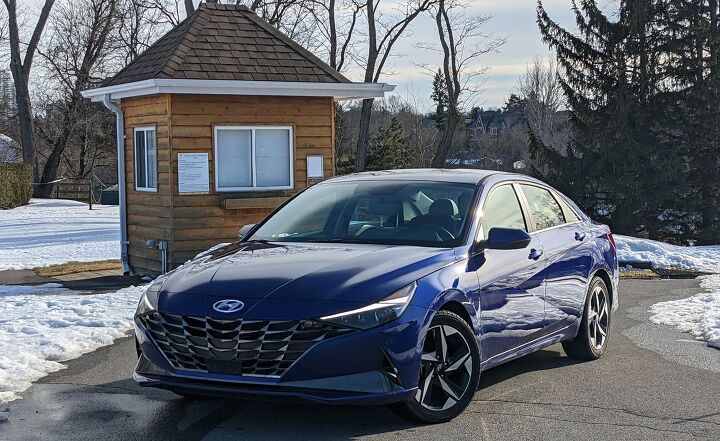

























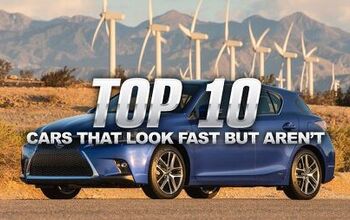

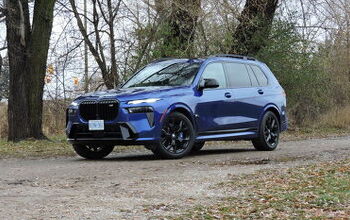


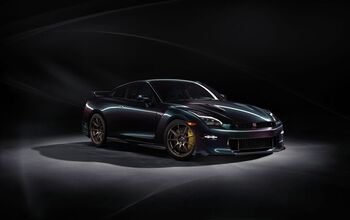

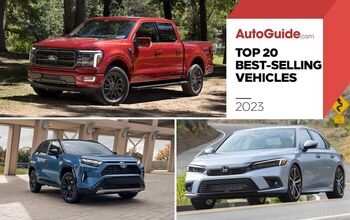


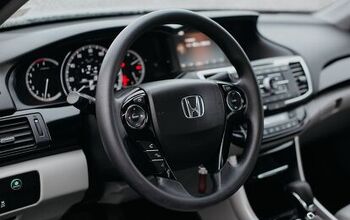

Comments
Join the conversation